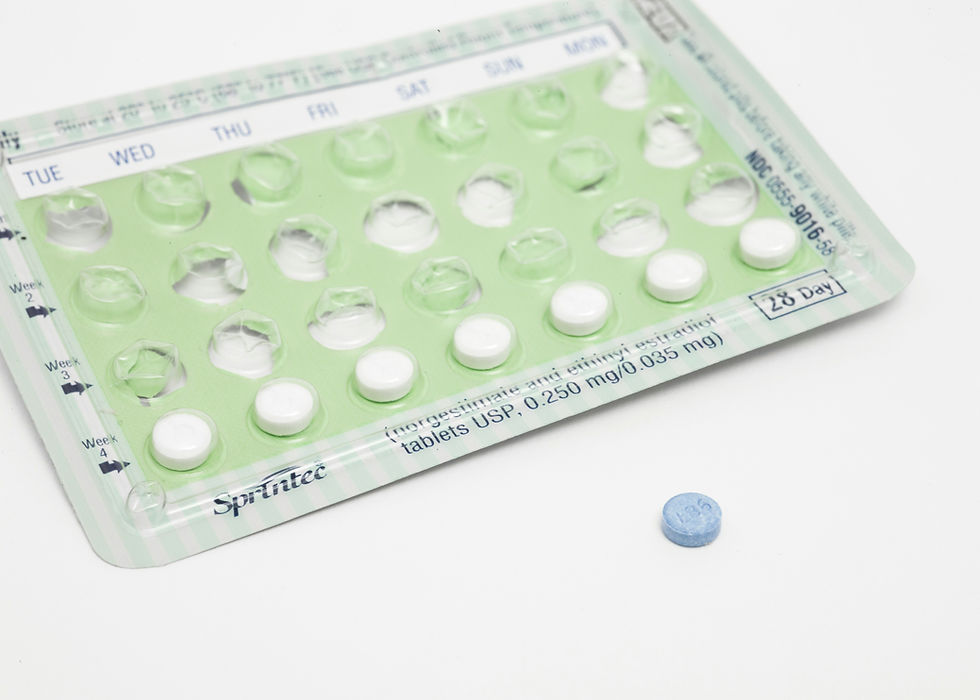The Use of Saliva in Cancer Detection
- Bindiya Dave
- Oct 12, 2023
- 2 min read
Updated: Dec 11, 2023
Mays Landing, NJ
The Use of Saliva in Cancer Detection
During the 1950s, a dentist and US Navy Captain Kirk C. Hoerman wanted to see if the saliva of patients with prostate cancer might have any differing characteristics from the saliva of healthy patients. He wanted to know if it was possible for saliva to contain traces of a disease that is not located near the mouth. So, he and his colleagues from the dental research department at the Naval Training Center analyzed samples from over 200 patients and found that the patients with untreated prostate cancer had a higher level of enzymes called acid phosphates than those patients who were in healthy condition.
Since then, using saliva to diagnose cancer has become more popular than using a tissue biopsy. So much so that the U.S. FDA gave approval to a saliva-based oral and throat cancer pre-diagnostic tool that was developed by the U.S. company Viome. This tool used AI and machine learning to analyze a saliva sample for the activity of genes that belong to the bacteria in the mouth. The tool pays close attention to messenger RNA since saliva has been found to have traces of DNA and RNA or proteins from tumors. So, scienti

sts began to look for and have found circulating tumor DNA. This is DNA that is released from cancer cells when a tumor is present in the body.
In particular, exosomes can be a very promising component to look for in saliva. Exosomes are small lipid vesicles that can be found in all types of body fluids. But, when exosomes are released by cancer cells, they pass into the blood and they can reach the salivary glands. They are then released into saliva to be collected. However, there are components of exosomes that can contribute to the spread of cancer from one organ to another. Even though they may contribute to the spread of cancer, the size and shape of an exosome cell underneath a microscope can determine whether a patient is healthy or has cancer.
Unfortunately, the techniques to isolate and study the exosomes in saliva are difficult and expensive. So, to counteract that, a new method called electric field-induced release and measurement has been developed. This method combines electrochemical sensors and magnetic fields to capture minute amounts of circulating tumor DNA and other molecules that might indicate cancer.
Using saliva to detect cancer is extremely important because it means that those who are fearful of invasive biopsies now have an alternative. Saliva detection is minimally invasive and therefore can also decrease the risk of infection after a biopsy. There is no surgery involved to gather a piece of the tumor to determine whether it is cancerous or not. Moreover, this research can lead to using saliva to detect other diseases that can not be seen, therefore making this research a minimally invasive way to detect disease. This will ultimately help people determine whether or not they are healthy without risking any sort of infection or hassle.
Check out what else STEM-E has to offer!
Check Out Our Magazine:














Comments